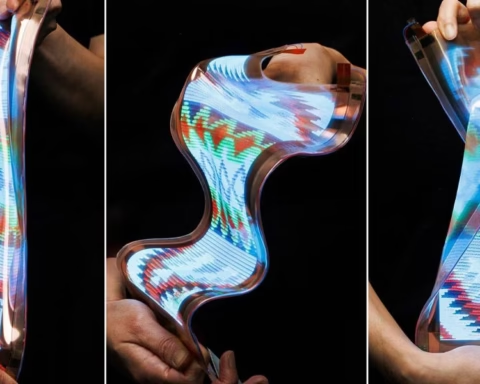The Windows PC market has long been dominated by Intel and AMD processors, but the tide is finally turning in favor of Arm-based alternatives. Thanks to significant improvements in Microsoft’s x86 translation layer, a growing selection of native apps, and Qualcomm’s powerful Snapdragon X Pro and X Elite chips, Arm-powered Windows PCs are finally starting to offer a compelling performance proposition.
However, the main obstacle to wider adoption of these Arm-based systems has been their high prices. The cheapest Snapdragon X PC currently available is a $899 developer kit mini-desktop, while the entry-level laptops start around $1,000 – on par with the baseline MacBook Air.
This is a problem that Qualcomm hopes to address in the coming years. In a recent earnings call, Qualcomm CEO Christiano Amon revealed the company’s plans to bring Arm PC prices down to as low as $700 by 2025. Interestingly, Amon highlighted the importance of maintaining the performance of the Snapdragon X series’ neural processing unit (NPU), suggesting that potential cost reductions may come from scaling back CPU and GPU capabilities rather than compromising the AI-focused hardware.
This strategic decision aligns with Microsoft’s Copilot+ PC program, which has a minimum NPU performance requirement of 40 trillion operations per second (TOPS). Other Copilot+ specifications include 16GB of memory and 256GB of storage, but Microsoft has not mandated specific CPU or GPU performance levels beyond the baseline necessary for running Windows 11.
Both Arm and Qualcomm have made ambitious claims about the future of Arm-based Windows PCs. Arm CEO Rene Haas believes Arm chips could account for more than half of all Windows PC shipments within the next five years, while Amon has stated that PC manufacturers expect as much as 60% of their systems to feature Arm processors in the next three years.
While these projections may seem overly optimistic, given Intel and AMD’s entrenched positions in the market, the availability of more affordable Arm-powered laptops and desktops could be a game-changer. To truly succeed, the Arm Windows ecosystem will need to mirror the breadth of options found in the x86 PC market and Apple’s Mac lineup, ensuring that it can cater to a wide range of user needs and budgets.
Ultimately, the push for more affordable Arm-based Windows PCs is not just about driving hardware sales – it’s also about incentivizing developers to address the lingering compatibility issues with Windows-on-Arm. With a larger installed base of these systems, there will be a greater incentive for third-party software and driver support, which is currently the biggest hurdle for wider Arm adoption in the PC space.





